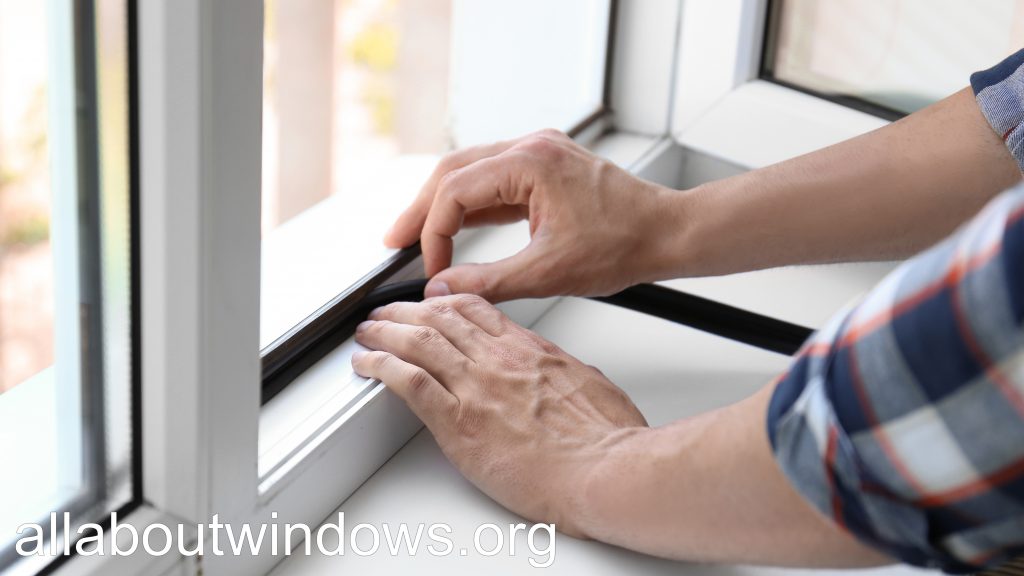As energy costs continue to rise, homeowners are constantly seeking ways to improve their home’s energy efficiency. One simple and effective way to do this is by insulating your windows. Not only does window insulation reduce energy waste, but it can also increase the overall comfort of your home. In this blog, we’ll share tips for insulating your windows and improving your home’s energy efficiency.
Weatherstripping: The first step in insulating your windows is to ensure that they are properly sealed. Weatherstripping can be applied to the window frame to prevent drafts and improve energy efficiency. There are various types of weatherstripping available, including adhesive-backed foam tape, V-strip, and door sweeps.
Caulking: Another way to seal air leaks around your windows is by caulking. Caulking is a flexible material that can be applied to gaps and cracks in the window frame to create a tight seal. Before applying caulk, be sure to clean the area thoroughly to ensure the best adhesion.

Window film: Window film is a thin, transparent material that can be applied to the inside of your windows. It is designed to reflect heat and block UV rays, which can help keep your home cooler in the summer and warmer in the winter.
Insulated curtains and shades: Insulated curtains and shades are another great way to improve the energy efficiency of your windows. They are designed to reduce heat loss through the window and can also block sunlight and UV rays, which can help keep your home cooler in the summer.
Window insulation kits: If you’re looking for a quick and easy way to insulate your windows, window insulation kits are a great option. These kits typically include shrink film that can be applied to the inside of your windows with double-sided tape. Once applied, a hairdryer is used to shrink the film and create a tight seal.
Window inserts: Window inserts are an innovative way to insulate your windows without replacing them. These inserts fit snugly inside your existing window frame and are designed to reduce air infiltration and heat loss.
Upgrade your windows: If your windows are old and inefficient, upgrading to energy-efficient windows is the best long-term solution. Energy-efficient windows are designed to reduce heat loss and prevent drafts, which can help you save on your energy bills.
In conclusion, insulating your windows is a simple and effective way to improve the energy efficiency of your home. By following these tips, you can reduce energy waste and create a more comfortable living environment.